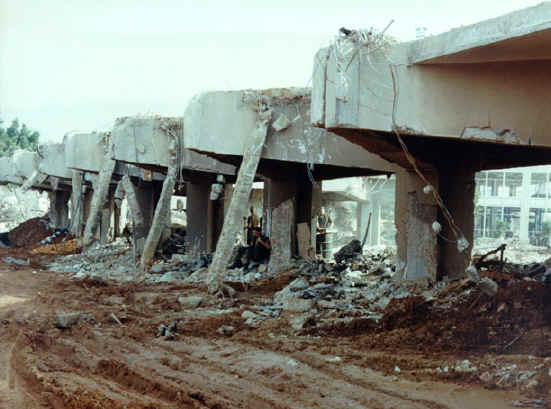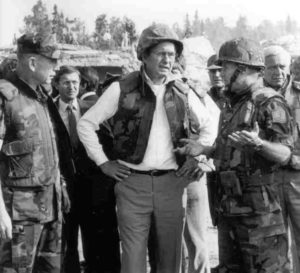Osama bin Laden and other al Qaeda lieutenants are indicted in the Southern District of New York.
The unsealed indictment, resulting from the African embassy bombings, included bin Laden; al Qaeda operational chief Mohammed Atef; Wadih El Hage, Fazul Abdullah Mohammed (also known as Harun Fazul); Mohamed Sadiq Odeh; and Mohamed Rashed Daoud Al-Owhali. Both bin Laden and Atef are added to the Department of State Rewards Program.
The indictment also charged that al Qaeda had allied itself with Sudan, Iran, and Hizballah. The original sealed indictment, according to the 9/11 Commission (p. 128) had added that al Qaeda had “reached an understanding with the government of Iraq that al Qaeda would not work against that government and that on particular projects, specifically including weapons development, al Qaeda would work cooperatively with the Government of Iraq.” Interestingly, this language about al Qaeda’s “understanding” with Iraq was dropped from the final indictment filed in November 1998.
Upon the indictment, a threat advisory was sent by Immigration and Naturalization Service (INS) headquarters to all immigration inspectors at ports of entry. It warned of possible infiltration into the United States by radical Islamic fundamentalists sympathetic to bin Laden. It calls for “hard” inspections of certain visitors from Middle Eastern countries. It seems to have no effect whatsoever.
CIA director George Tenet would later write: “I can’t imagine this fazed him in the least since he was living comfortably in his Afghan sanctuary.” (At the Center of the Storm, p. 109)

